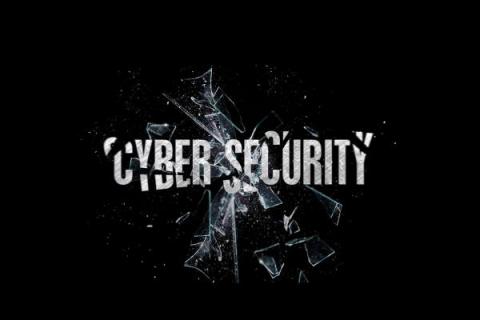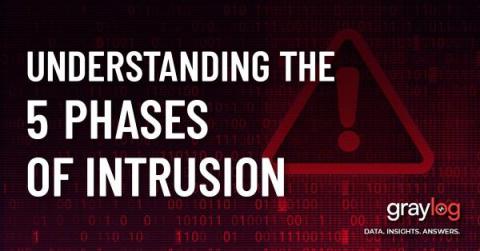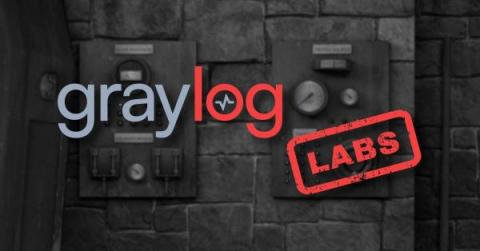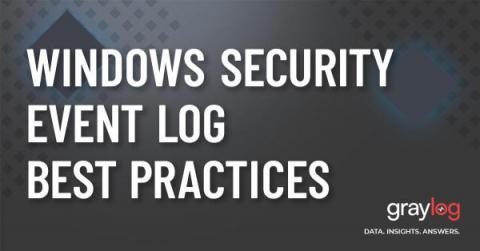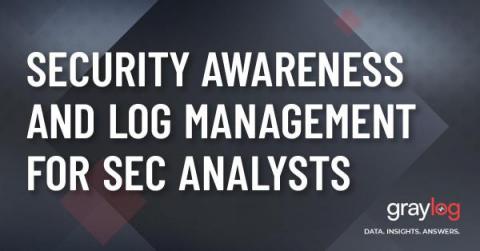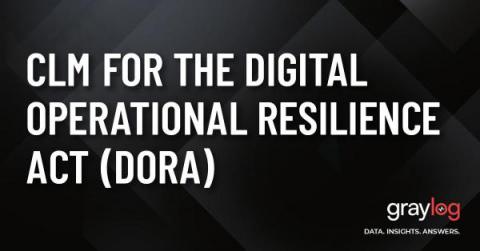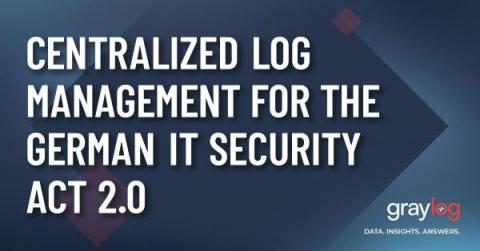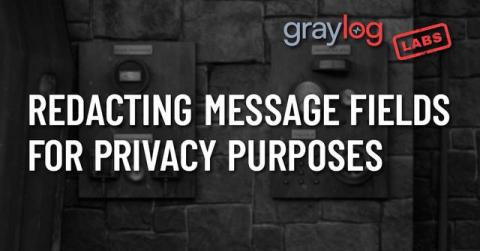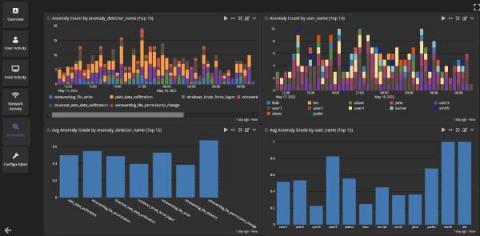Audit Log: Feature Guide for Security and Compliance
In computing, an audit log is a record of an event. An event is any significant action that impacts the hardware or software of a computer – anything from a mouse click to a program error. Besides documenting which resources were accessed and what for, an audit file system will also include the source and destination addresses, the timestamp, and the user ID information.



